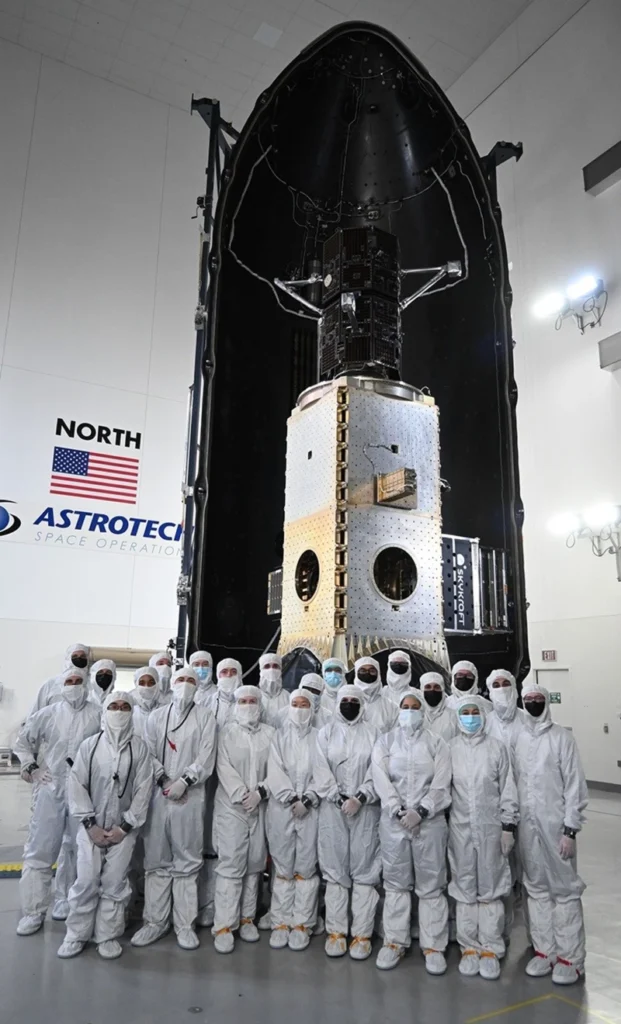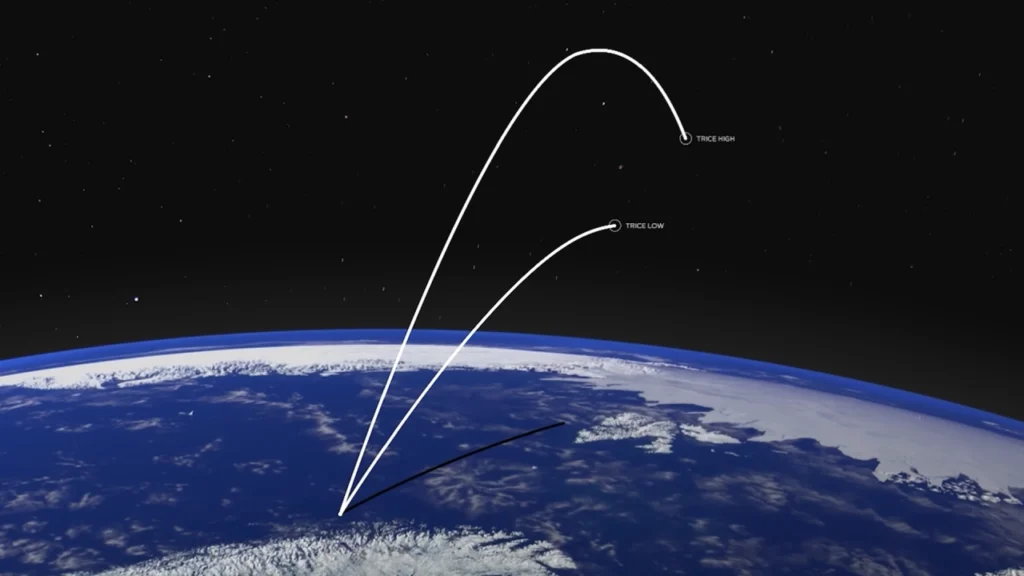Table of Contents
Highlights
- Twin satellites will study how solar wind triggers magnetic reconnection in Earth’s magnetosphere.
- Live launch coverage begins 15 minutes before the 2:13 p.m. EDT launch window on NASA’s YouTube channel and Space.com.
- TRACERS mission shares its ride with three other NASA missions: Athena EPIC, Polylingual Terminal, and REAL cubesat.
- The mission aims to enhance space weather forecasting and safeguard satellite infrastructure against geomagnetic storms.
Today, July 22, NASA is set to launch the TRACERS mission from Vandenberg Space Force Base, marking a significant step forward in space weather research. The mission deploys twin satellites to study how solar wind interacts with Earth’s magnetic field. This data aims to enhance forecasting of geomagnetic storms and protect vital satellite-based infrastructure from space weather disruptions.
A New Chapter in Space Weather Research
Today, July 22, 2025, NASA will launch the TRACERS (Tandem Reconnection and Cusp Electrodynamics Reconnaissance Satellites) mission from Vandenberg Space Force Base in California. The goal of this ambitious project is to unravel the mysteries surrounding the interaction between the solar wind and Earth’s magnetic field, which has a direct impact on space weather and, consequently, vital technologies on Earth.
The launch is planned to take place during a window opening at 2:13 p.m. EDT (11:13 a.m. PDT / 7:13 p.m. BST) and will be conducted aboard a SpaceX Falcon 9 rocket. The ceremony will be streamed live on Space.com or NASA’s official YouTube channel, with coverage beginning fifteen minutes before liftoff.

Twin Satellites for Magnetic Reconnection Studies
Two nearly identical satellites that will orbit the Earth at a low altitude of approximately 367 miles (590 kilometers) form the core of the TRACERS mission. Their primary goal is to investigate how solar wind disruptions trigger magnetic reconnection, a process in which magnetic field lines break and reattach, resulting in energy bursts.
Space weather phenomena, such as auroras and geomagnetic storms, depend heavily on this process. TRACERS will be able to monitor the same area of the Earth’s magnetosphere simultaneously by placing the two spacecraft in close proximity to one another, providing hitherto unprecedented insight into the evolution of reconnection.

Solar Wind Meets Earth’s Magnetosphere
During solar storms and coronal mass ejections, the sun’s solar wind—a continuous stream of charged particles—often contains more powerful energy bursts. These cause the Earth’s magnetic field to fluctuate when they crash with it. TRACERS will assist researchers in understanding how these interactions direct charged particles toward the Earth’s polar regions, shedding light on auroras and potentially disrupting electrical systems and communication networks.
Rideshare Launch with Three Other NASA Missions
Three more payloads travel with the TRACERS mission to space. Athena EPIC, a tiny satellite designed to showcase affordable remote sensing technologies for Earth observation, is one of them. Another is the Polylingual Experimental Terminal, which will evaluate the ability of spacecraft to switch between various communication networks. This is a significant development for future satellite coverage and flexibility.
REAL (Relativistic Electron Atmospheric Loss), a cubesat that will investigate the scattering of high-energy particles into the atmosphere from Earth’s radiation belts, is the last partner. To protect operational satellites from harmful radiation, scientists aim to replicate this natural atmospheric cleansing process, which scatters high-energy particles, reducing radiation exposure and enhancing satellite longevity and reliability.

A Step Toward Safer Space Operations
Understanding the basic physics underlying space weather has advanced significantly thanks to the TRACERS mission. Such study is increasingly important as human activity in space increases and our reliance on satellite-based infrastructure increases. NASA is working to boost the resilience of both satellite systems in space and infrastructure on Earth by improving our ability to forecast space weather. A major step in this effort involves tracking magnetic reconnection—a key driver of solar storms—in real time.
By monitoring this phenomenon as it unfolds, NASA aims to better predict disruptions that can impact communication networks, power grids, and spacecraft. This groundbreaking initiative not only deepens our understanding of solar dynamics but also enhances preparedness for geomagnetic events. Click here to watch NASA’s real-time magnetic reconnection tracking live and see space weather science in action.